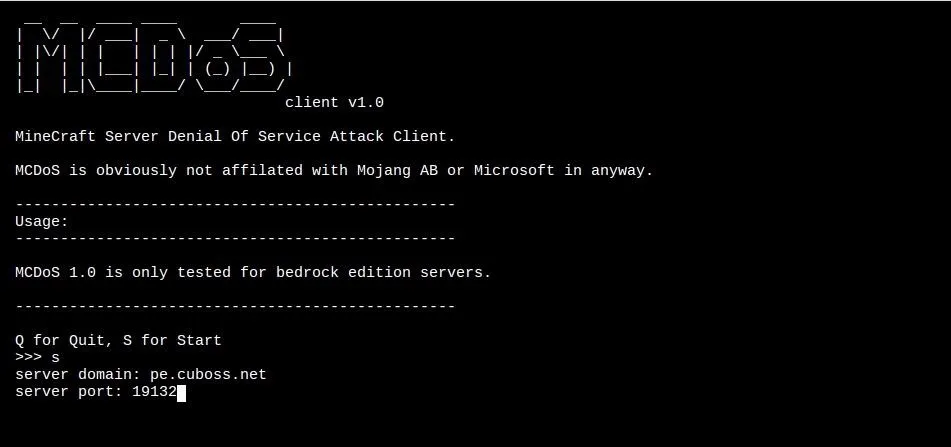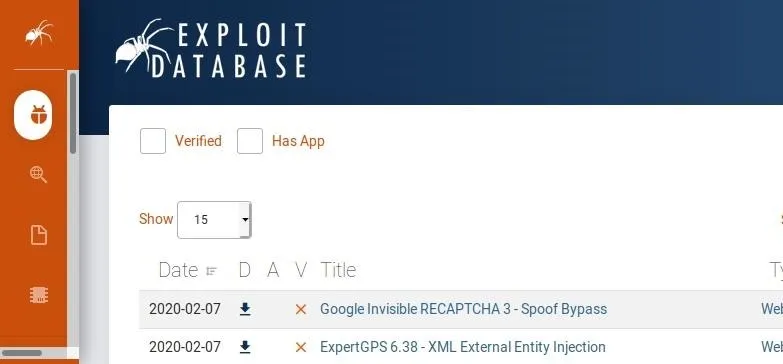
Null Byte: Page 8










forum
Kali GPT Compatibility 






forum
Kali Linux Problem... 
















forum
Question About Nmap 



forum
Bluetooth Doubts on Vm 


































forum
PenTesting "Framework" 














